As part of the project Women Embroider Their Dreams, the Museum for Bedouin Culture, located in Israel, has added a new work to its collection: a carpet made from the assemblage of pieces of fabrics embroidered by Bedouin women. The Museum for Bedouin Culture is the one and only museum of Bedouin art in the world.
Each piece tells a personal story woven from memories and dreams; together they tell the story of the Bedouin culture and the drastic changes that have affected it in the last number of years.
The project was carried out with the cooperation of the Museum for Bedouin Culture and the Desert Embroidery Association. The museum’s founder and the project’s treasurer, Orna Goren, recounts her particular approach.
“In the past, I lived in the desert of Sinai with my family for five years, and this is where I got to know the Bedouin people,” Goren said.
It is how the idea of a museum came to her. She then built it with the help of some people in 1985. The museum showcases the world of the Bedouins, who lead a very traditional life.
“We have been in contact with the Bedouins for many years, hence we have witnessed their recent transition from transient homes—tents—to permanent housing. The majority of exhibits are about the past, since this is a disappearing culture, but its roots are still strong. The Bedouins continue living a family-centered and tribal way of life; these things still exist,” Goren said.
Embroidery plays an important role in Bedouin tradition. A dress was embroidered according to a woman’s situation and status.
“When Bedouin women were part of the nomadic family, the relationship toward them was complex. Honor and protection were very important, and women’s clothes covered them from head to toe. A single woman’s dress was embroidered in blue as a symbol of purity. A married woman would wear a dress embroidered in red for fertility, and a widow’s dress would have green and blue embroidery,” Goren said.
Lately, embroideries have disappeared, colors have lost their symbolism, and many women no longer have their past skillfulness. The Desert Embroidery Association is a place where the younger women encourage the older ones, and together, they revitalize the arts, such as embroidery, weaving, and traditional medicine.
Work Process
Each piece tells a personal story woven from memories and dreams; together they tell the story of the Bedouin culture and the drastic changes that have affected it in the last number of years.
The project was carried out with the cooperation of the Museum for Bedouin Culture and the Desert Embroidery Association. The museum’s founder and the project’s treasurer, Orna Goren, recounts her particular approach.
“In the past, I lived in the desert of Sinai with my family for five years, and this is where I got to know the Bedouin people,” Goren said.
It is how the idea of a museum came to her. She then built it with the help of some people in 1985. The museum showcases the world of the Bedouins, who lead a very traditional life.
“We have been in contact with the Bedouins for many years, hence we have witnessed their recent transition from transient homes—tents—to permanent housing. The majority of exhibits are about the past, since this is a disappearing culture, but its roots are still strong. The Bedouins continue living a family-centered and tribal way of life; these things still exist,” Goren said.
Embroidery plays an important role in Bedouin tradition. A dress was embroidered according to a woman’s situation and status.
“When Bedouin women were part of the nomadic family, the relationship toward them was complex. Honor and protection were very important, and women’s clothes covered them from head to toe. A single woman’s dress was embroidered in blue as a symbol of purity. A married woman would wear a dress embroidered in red for fertility, and a widow’s dress would have green and blue embroidery,” Goren said.
Lately, embroideries have disappeared, colors have lost their symbolism, and many women no longer have their past skillfulness. The Desert Embroidery Association is a place where the younger women encourage the older ones, and together, they revitalize the arts, such as embroidery, weaving, and traditional medicine.
Work Process
While Goren was the treasurer for the project, the young women from Desert Embroidery, Naama Al-Sanaa and Hisen Al-Sanaa, carried it out in collaboration with Israeli artist Nurita Armoni. Each participating woman was given a piece of fabric on which she would embroider a memory or dream of her choice.
“What Nurita did with them really is art therapy. For example, each woman chose an object, and little by little, by presenting it to the others during these gatherings, each one of them built their respective stories. The story became a drawing from which the women embroidered,” Goren said.
“What Nurita did with them really is art therapy. For example, each woman chose an object, and little by little, by presenting it to the others during these gatherings, each one of them built their respective stories. The story became a drawing from which the women embroidered,” Goren said.
“In my dream, I go back to the days of my childhood. It is a green place, beautiful and protected, full of trees, with flowers. In such a place, I would like to set up a club for women,” a participating woman said.
“The horse is a noble and patient animal that can get to where it wants to. It evokes hope in me to fulfill my dreams. The tent symbolizes the tradition that we must preserve. Dates represent strength and health,” another woman said.
Some embroidered pieces reflect the culture shattered by changes. One woman said: “From my childhood memories as a shepherdess in the fields of my village, I find strength to face life. The liberty, joy, and trust that used to be are not there anymore, and I miss that.”
“The good days of my childhood were when the family left the desert of Negev to live in a house with a garden and swimming pool. This memory left us a great will to learn and to blossom,” another woman said.
Result
The final carpet, on view at the museum, also combines more ancient and traditional pieces of fabric. The women came from different regions, so their childhood stories are different and fascinating.
“The result is very colorful. There are tents, shepherds, the desert, but also swimming pools, trees, and dreams of escape into another reality. This work has made the women stronger. The transition to permanent housing felt like the ground had been withdrawn from under their feet,” Goren said.
Today, 90 percent of Bedouin women are out of work. Associations like the Desert Embroidery give them hope and a source of employment.
Initiatives like that of the Desert Embroidery should not be underestimated in these times when things are valued in terms of money and time. Ultimately, they are what bring real profit to society, as they not only create jobs, but also help rekindle connections to cultural roots and help to revive these lost traditions.
”Since a tender age, I had a dream: I am at the top of a mountain, and I send help to my family and my community. This is a place where I am now,” a participating woman said.
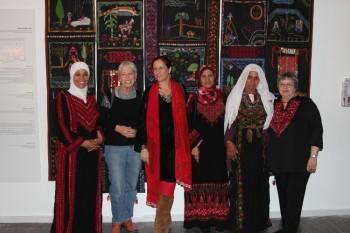
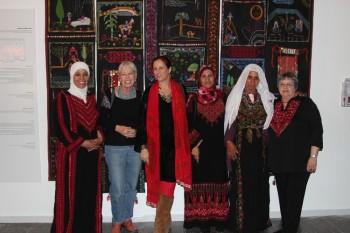
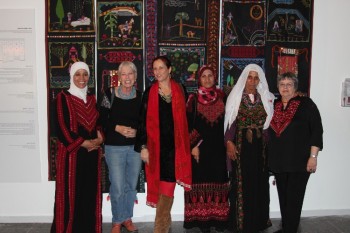
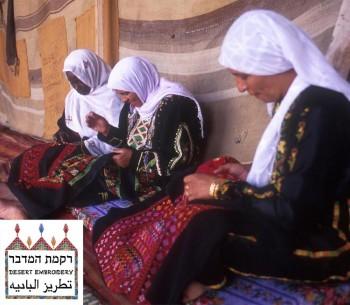
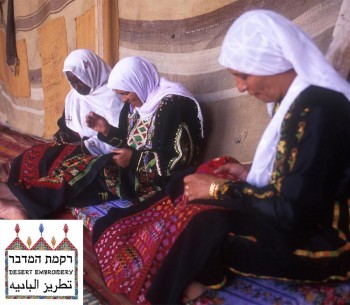
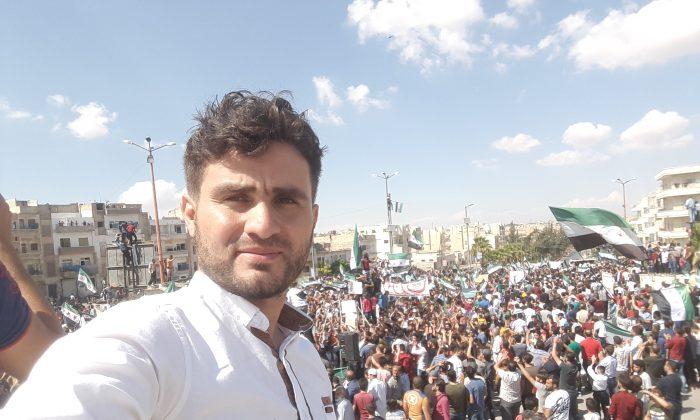
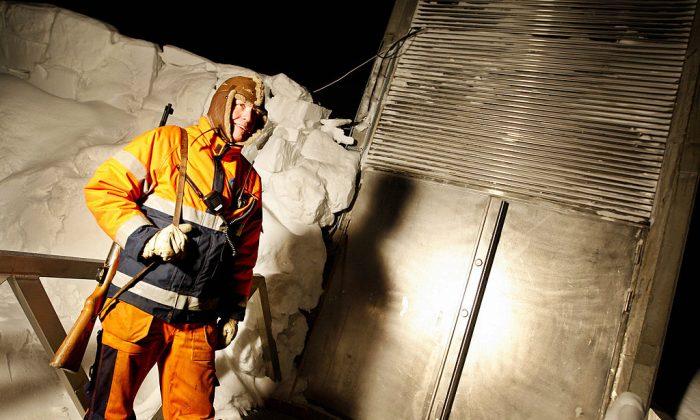
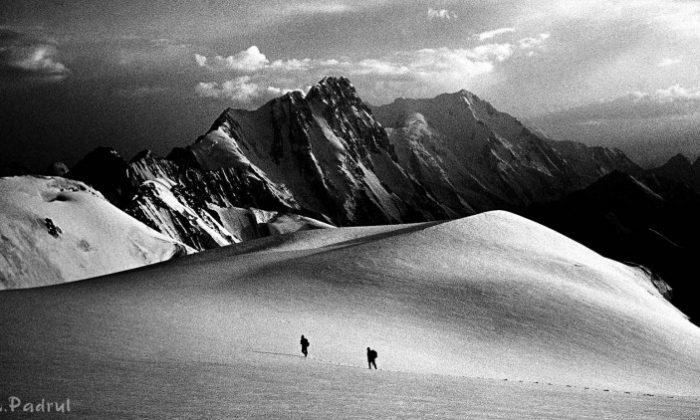
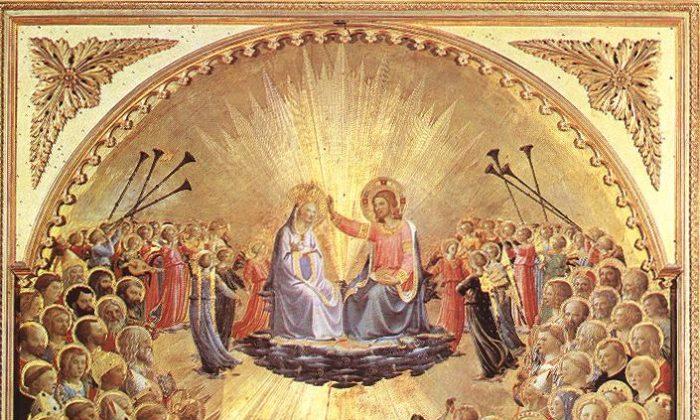
Friends Read Free